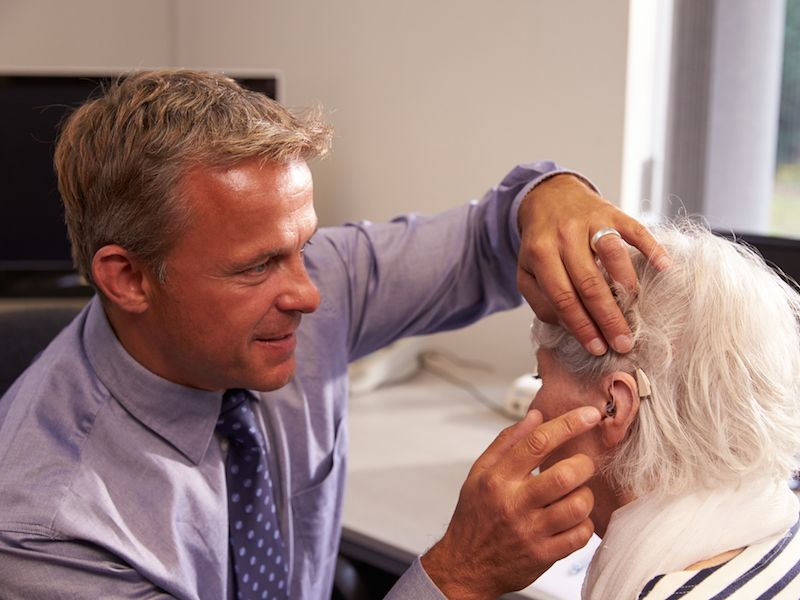
The numbers don’t lie: you might need hearing aids eventually. A quarter of all people between 60 and 75, according to an NIDCD report, have hearing loss and for individuals over 75 this figure increases to 50%. But how can you be sure which model is correct for you when you recognize it’s your best opportunity to combat loss of hearing? Hearing aids used to have problems like susceptibility to water damage and unwanted background noise but modern hearing aids have resolved these kinds of problems. But to ensure that your choice of hearing aid is correct for you, there are still things you need to consider.
Directionality is a Key Feature
One important attribute you need to look for in a hearing aid is directionality, which is your hearing aid’s ability to focus on the specific noise near you (like a discussion) while keeping background noise to a minimum. Most hearing aids have different directionality systems, which either focus on the noise right in front of you, the sound that’s coming from different speakers, or a mix of those two.
Will Your Hearing Aid Connect With Your Phone?
As a nation, we’re addicted to our cell phones. Even if you don’t have a smartphone, chances are you have an old-style cell phone. And for the few who don’t actually have a cell phone, you most likely still have a land-line. So, when you’re testing different hearing aids, you will want to see how they work with your phone. What is the sound like? Do voices sound sharp? Is it Comfortable? Are there any Bluetooth connectivity options available? These are all of the things you should consider when selecting new hearing aids.
What is The Likelihood You Would Actually Use it?
In the last few years, as noted above, the development of hearing aids has significantly improved. One of those advances has been the size and shape of hearing aids, which are much smaller today. But there are definitely pros and cons. It depends on what your particular needs are. A smaller hearing aid is not as obvious and might fit better but a larger one might be more powerful. The little ones won’t have the features of the larger models and they could get clogged with earwax but they fit inside your ears nearly imperceptibility. On the other hand, better directionality features and more sophisticated sound amplification options are available with a behind the ear hearing aid though it’s a little bit larger.
Exposure to Particular Background Sounds
One of the most significant issues since hearing aid technology has been invented has been wind noise and the havoc it causes to users. Being outside during a windy day with a traditional hearing aid once meant that you couldn’t pick up anything but the wind, which is enough to drive anyone nuts. If you’re an outdoors kind of person or you live in a windy area, you’ll want to suppress wind noises with your hearing aid decision so that conversations are free from that aggravating wind howl. Educate yourself about the many different hearing aid choices available to you. Give us a call.